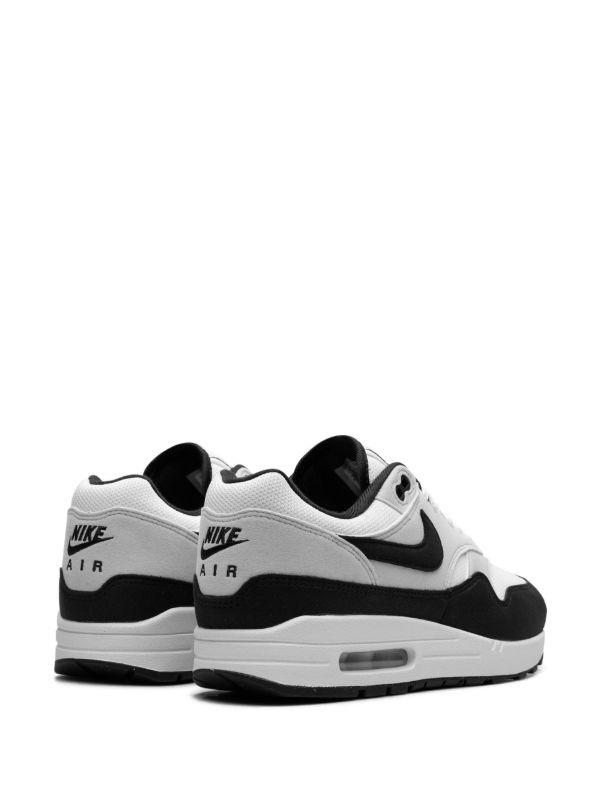Nike is pushing the boundaries of athletic performance by integrating cutting-edge technologies such as sport science, body mapping, and 3D molding into its latest wearable tech designed specifically for sprinting. In a move that underscores the brand’s commitment to innovation and precision, Nike leverages these advanced methods to create gear that enhances speed, comfort, and efficiency for elite athletes. This article explores how these scientific and design-driven approaches come together in Nike’s sprinting wearables, offering insights into the future of performance sportswear.
Why Nike Integrates Sport Science to Enhance Sprinting Performance
Harnessing the power of sport science allows Nike to push the boundaries of sprinting performance by combining biomechanics, physiology, and technology. The integration of cutting-edge research enables Nike to capture an athlete’s movement intricacies-analyzing muscle activation patterns, joint stress, and stride efficiency in real time. This data-driven approach informs every design decision, resulting in innovations that enhance speed, reduce fatigue, and minimize injury risks. The synergy between advanced body mapping techniques and sport science offers a holistic view of an athlete’s form and function, ensuring that their wearable tech doesn’t just equip sprinters but actively elevates their competitive edge.
Key elements driving Nike’s sport science integration:
- Precise measurement of muscle dynamics and joint angles
- Customized feedback loops for real-time performance adjustments
- Advanced materials engineered for optimal biomechanics
- Individualized athlete profiling via 3D morphometric analysis
| Aspect | Benefit |
|---|---|
| Muscle Activation Mapping | Optimizes power output |
| Joint Stress Analysis | Reduces injury risk |
| 3D Body Scans | Enhances fit & comfort |
| Material Innovation | Improves speed & flexibility |
The Role of Body Mapping in Creating Precision-Fit Wearable Technology
Using advanced body mapping, Nike is able to capture the intricate contours and muscle dynamics of sprint athletes with unparalleled accuracy. This data-driven technique allows designers to tailor wearable technology that not only hugs the body but adapts to its movements, reducing drag and enhancing airflow. By pinpointing zones of high sweat and muscle exertion, the technology optimizes ventilation and compression exactly where it’s needed, ensuring athletes stay cool and supported throughout explosive sprinting phases.
Key benefits demonstrated by Nike’s body mapping approach include:
- Enhanced biomechanical alignment for improved sprint efficiency
- Targeted muscle support minimizing fatigue and risk of injury
- Adaptive material placement for maximum comfort and reduced chafing
| Feature | Impact on Performance |
|---|---|
| Compression Zones | Boosts muscle responsiveness |
| Breathable Panels | Regulates body temperature |
| Ergonomic Fit | Reduces aerodynamic drag |
Leveraging 3D Molding for Customizable and Responsive Sprint Gear
NIKE’s innovative approach to sprint gear harnesses 3D molding technology to tailor equipment that responds intricately to an athlete’s unique biomechanics. By integrating advanced body mapping techniques with precise 3D molding, they create gear that not only fits like a second skin but dynamically adapts to muscle movements and joint flexion during high-speed sprints. This customization enhances performance by reducing drag, optimizing force transfer, and minimizing injury risk through targeted support where it’s needed most. The result is sprint gear that truly functions as an extension of the athlete’s body.
Key benefits of 3D molded sprint gear include:
- Custom Fit: Precision contours conform to individual limb shapes.
- Adaptive Flexibility: Responsive material adjusts with muscle contractions.
- Enhanced Durability: Reinforced stress points withstand intense sprinting forces.
- Weight Reduction: Streamlined design cuts unnecessary bulk for speed optimization.
| Feature | Benefit | Impact on Performance |
|---|---|---|
| Ergonomic Molding | Exact anatomical fit | Improves comfort, reduces fatigue |
| Strategic Padding | Targeted shock absorption | Prevents injury, sustains power output |
| Lightweight Composite | Minimal weight gain | Boosts acceleration and agility |
Final Thoughts
As Nike continues to push the boundaries of athletic performance, its integration of sport science, body mapping, and 3D molding exemplifies a new era in wearable technology. By harnessing precise data and advanced manufacturing techniques, the brand not only enhances the comfort and functionality of its sprinting gear but also sets a benchmark for innovation in sportswear design. This approach underscores Nike’s commitment to merging technology and human performance, highlighting how science-driven design can transform the future of competitive athletics.

